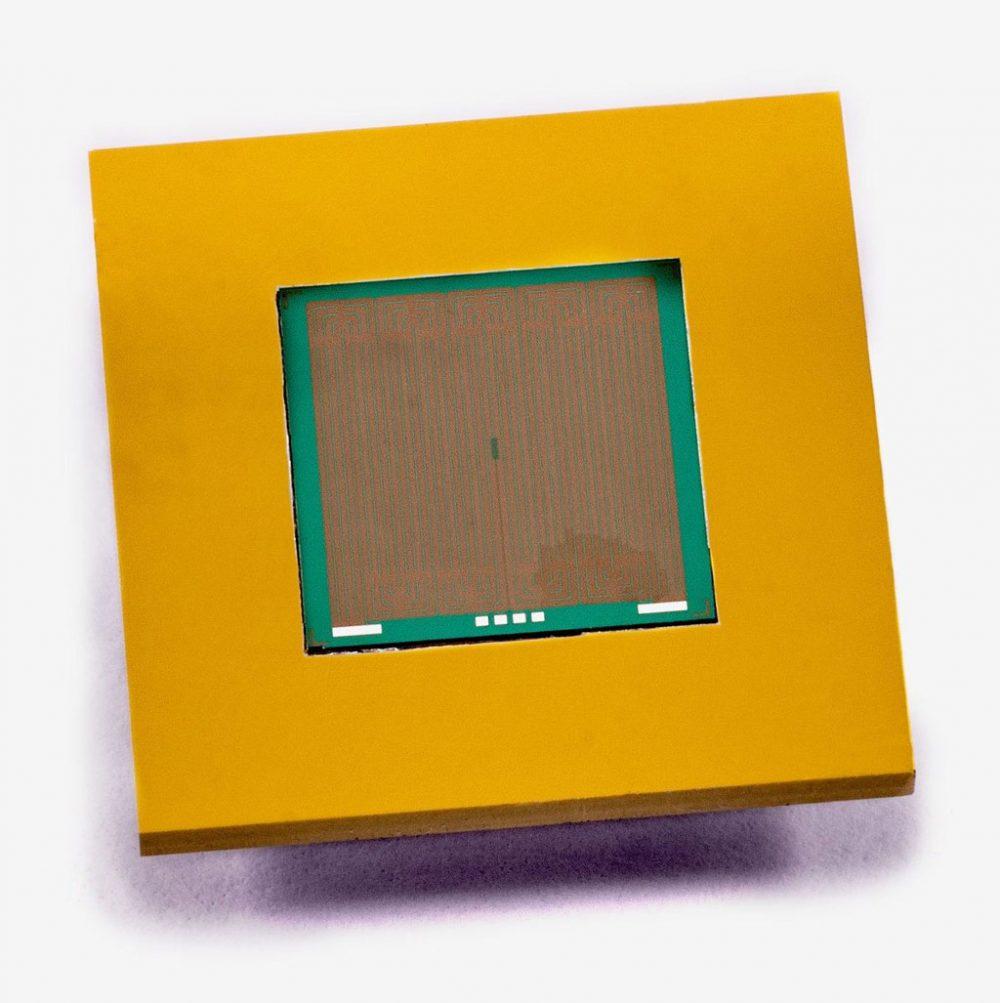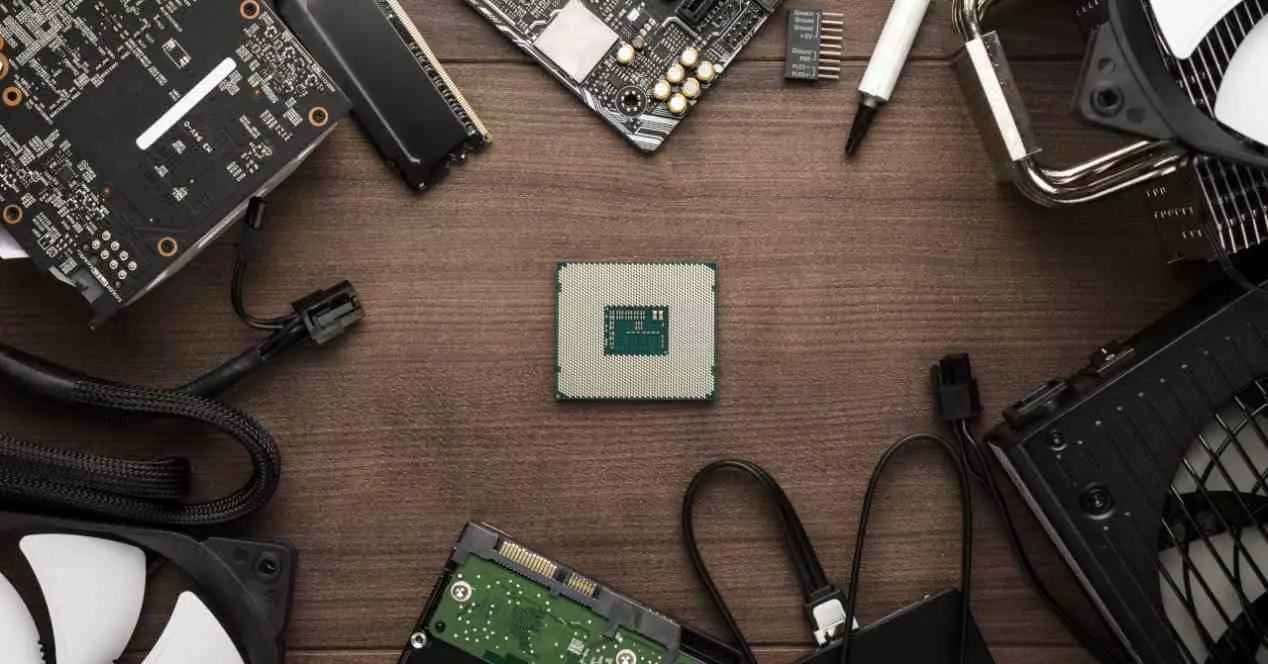
One of the biggest barriers to performance in microprocessors is temperature, when chips reach a very high temperature they stop working. That is why cooling systems are very important and the higher the power and complexity of a chip, the more heat it releases and the more dissipation capacity a chip must have. Well, today we have remembered something we talked about a few years ago, the 600W super heatsink of cooling capacity. What happened to him? Could it be the solution to certain problems in the future?
Back in 2019, the Belgian company Imec presented a heat sink for electronic components that surprised everyone with its great heat dissipation capacity. It was a certainly complex design with a design very similar to the classic liquid cooling blocks made up of microchannels 32 micrometers wide and 260 micrometers deep. which are found made of silicon, a heat-conducting material, instead of the classic aluminum and copper that are usually used to create heatsinks in processors. The result? Can dissipate 600 W per square centimeter Y lower temperatures below 100 °C on a chip under those conditions.
What happened to the 600W super heatsink?
The big difference between this design and other solutions is that it was designed to be implemented on or within a chip. So it has to be part of the manufacturing process of the same chip and be part of the design. If we go into the fact that it is a proprietary technology of Imec and that they are not the ones that manufacture the chips of the big companies of the hardware world, then it is very clear what the problem is. Even if it was promised back in the day that it would cost a single dollar, the fact that TSMC, Intel, Samsung and other semiconductor manufacturers or foundries cannot integrate such a solution makes it a very nice concept on paper, but not on the surface. practice.
The other reason lies in the fact that up to now it has not been necessary to implement this solution. While it is true that there are rumors of graphics cards with GPUs that exceed 600 W, we have to assume that NVIDIA and AMD will have already found a way to dissipate the heat produced by their next-generation brown beasts cheaply and efficiently. Since its research and development is not only going to more powerful and hotter chips, but to develop techniques to alleviate this problem together with its manufacturing partner
The challenge lies in ultra-thin laptops
In any case, the concept of integrating cooling as a part within the same chip is interesting. Normally, it is an element that is usually left to third parties, but with the unstoppable increase in TDP and a tendency to make increasingly thin laptops, sooner or later a solution will have to appear that allows manufacturers to overcome the limits of heat and temperature imposed. generally by the form factor.
Something like a 600W super heatsink in laptops would allow for much higher power consumption chips to be installed. The consequences? High-performance gaming PCs and ultra-slim mobile workstations. Which will make today’s laptops of both types look like huge billets compared to what we’ll see tomorrow.





